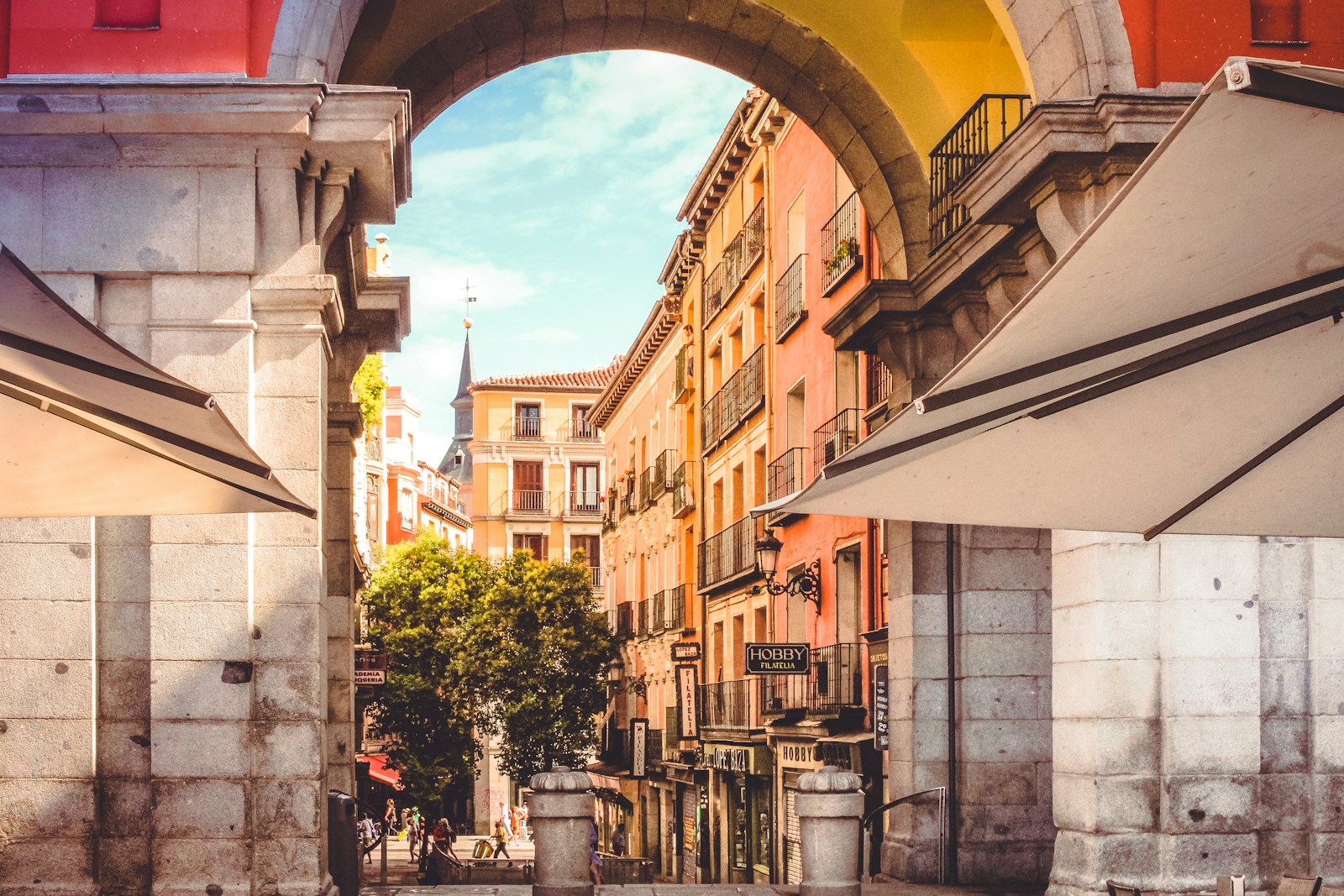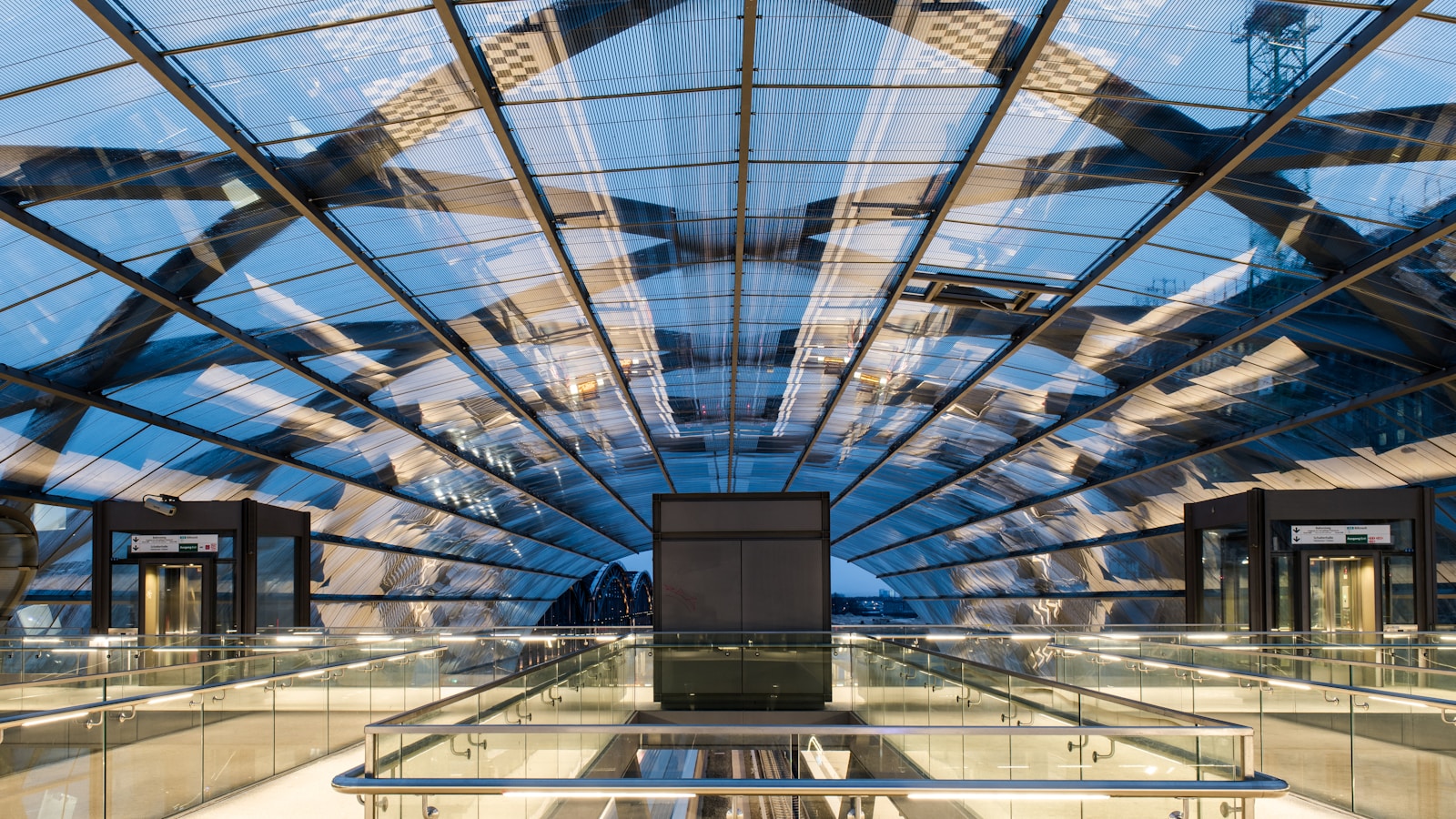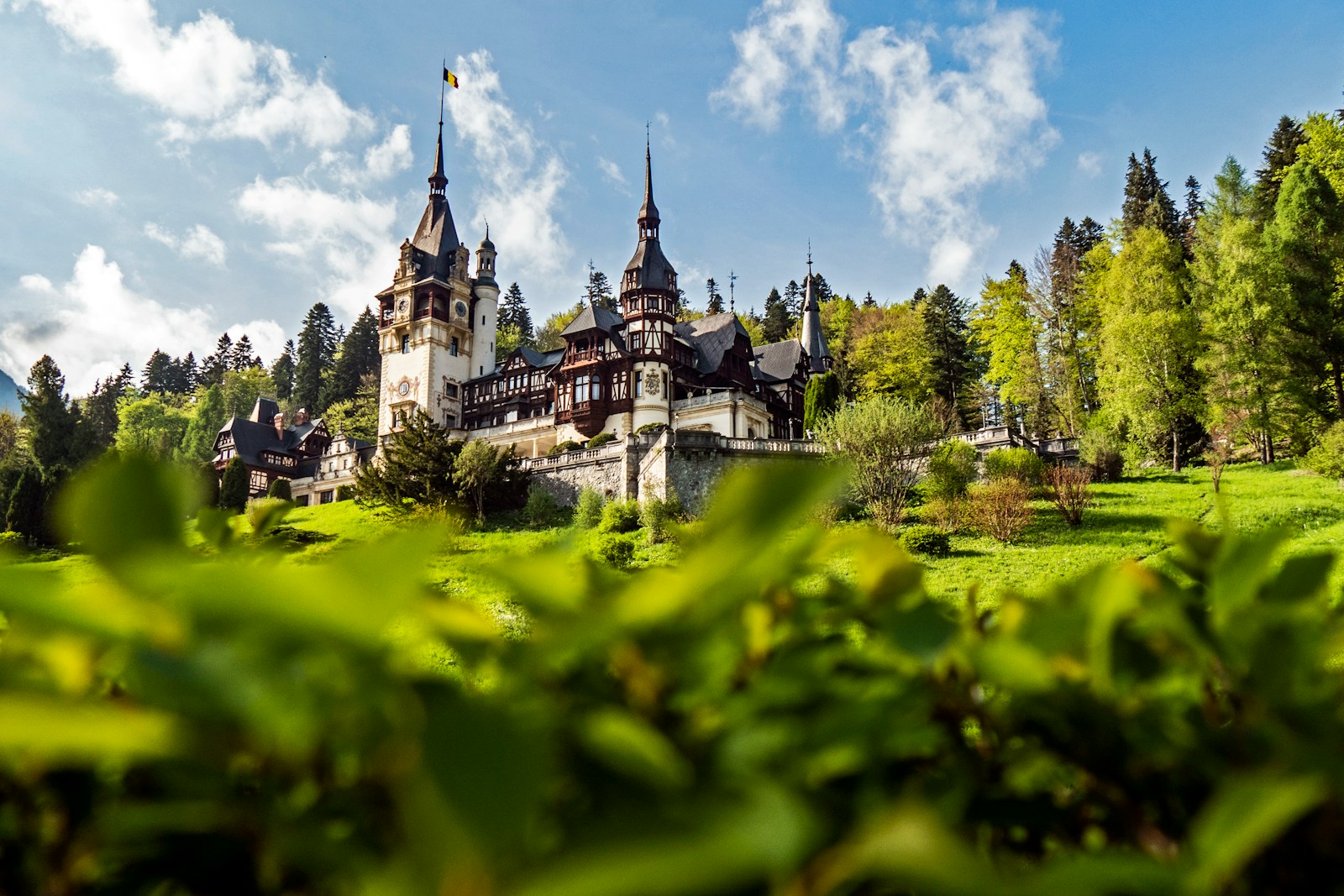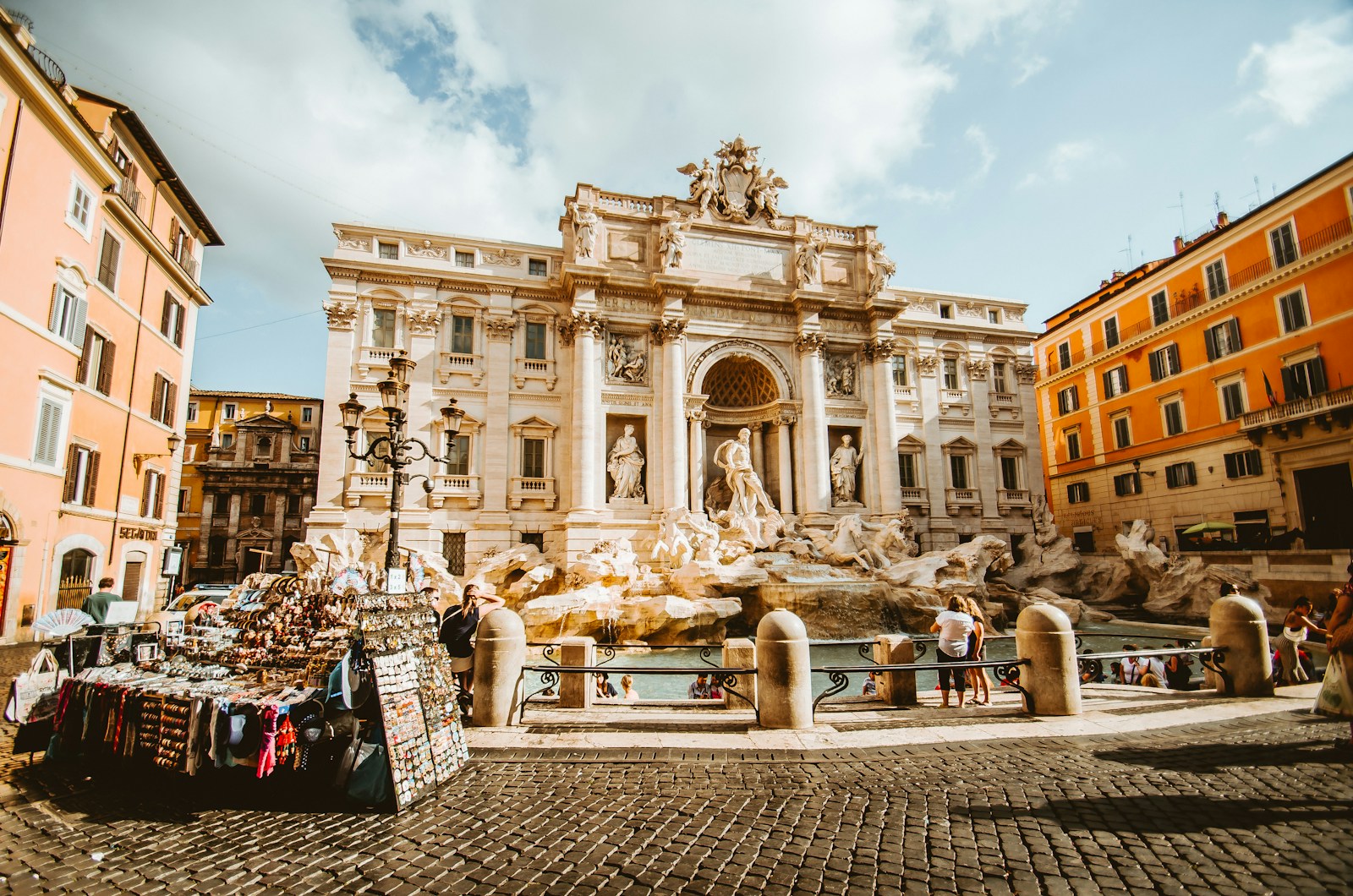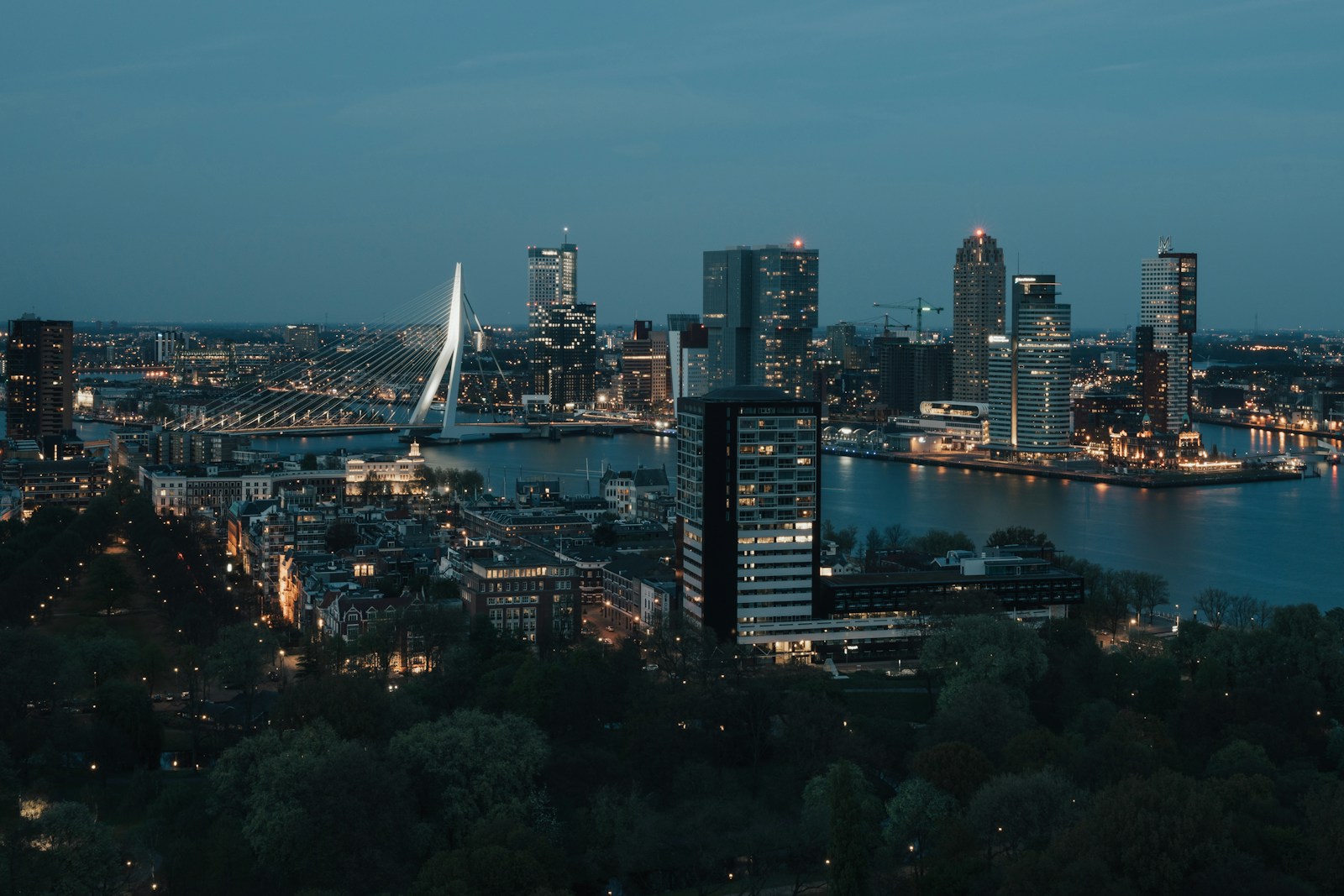This is Madrid- the capital of Spain, a city that is dominated by great history, beautiful architecture, and a colourful culture. In José Bergamín’s words, the city is radiant at any hour of the day or night, enthralling all the heart’s suitors as it surely did his own. Madrid has many sights which reflect its history and traditions, ranging from the unique squares to the monumental palaces. Here, you will find ten places you should not miss in Madrid that will allow you to peep into the soul and history of this city.
Main Square:
The Puerta del Sol is at one end of the most attractive and a centre of tourists visits Plaza Mayor opposite the Royal Palace. This large square measures 129 meters in length and 94 meters in width and was known as the medieval town’s market during the 15th century situated at the junction of Toledo and Atocha roads.
Later when the royal court pulled out from the city to Madrid, King Philip II initiated a large scale renovation of architecture in the year 1580. This transformation with the help of architect Juan Gómez de Mora was done in the year 1619. Nevertheless, the history of the square is rather tragic as its buildings were destroyed by fire several times, that required their reconstructions. The most significant of these renovations was in 1854, wherein the building heights of the surrounding edifices were lowered; and huge access arcades were built to seal off its corners, the present-day architectural feature that is now part of the establishment.
The current Plaza Mayor which was expanded in 1897 contains the statues of many points of interest one of which is the statue of Philip III which was located in 1616 by artists Juan de Bolonia and Pietro Tacca. It also incorporates Casa de la Panadería which is the first building built on the square and Arco de Cuchilleros one of the nine gates of the square adopted from the name of a street.
In the year 1960 it has again under gone a drastic change it was chocked for traffic and an underpass car park was built in lieu of it. The last major modification took place in 1992, when the Spanish artist Carlos Franco painted mythological figures and among them, Cybele, on the fronton of the Casa de la Panadería.
Presently, Plaza Mayor is active in the sense that people can have food at restaurants located inside the plaza or shop at the philatelic and numismatic market on Sundays and holidays. Alas, the square stays one of the evidence of Madrid’s historical and cultural development and tourists are welcome to plunge into its life.
The Almudena Cathedral: Memorial Marvel
The Almudena Cathedral is one of the famous cathedrals of Madrid, with the eclectic architectural coping combined with large proportions. built atop the ancient Arab ruins; the construction started in the early 16th century as ordered by Pope Leo X. Though the construction of this work ended soon after 1873, and was resumed only in 1879 by the Marquis of Cubas with the assistance of King Alfonso XII of Spain. This is because the king, who was childless, lost his wife, María de las Mercedes and wanted to bury her in the Royal Monastery of El Escorial but could not Their daughter, married the Prince and if dead, would be buried in this cathedral.
The construction of the new Almudena started in the year 1883 with Francisco de Cadas as the architect of the construction and later it was Cheuca Goitia and Carlos Sidro the construction where completed nearly a century later. The neo-Gothic-Baroque dome nestled outside the building may not be as pleasing but is way more spectacular and entailing twelve statues of the apostles. This dome provides one of the most convincing observations of the city’s panorama.
The exterior of the Cathedral of Almudena is for its four patron statues of Madrid; a statue of John Paul II; as well as three doors of bronze. Two towers on both sides of the facade are symbolic which brings the majestic feeling into the building. Inside it is possible to see a Latin cross type of a floor plan with three nave. Particularly remarkable is the High Altar designed of green marble; opposite it there is a Baroque Crucified Christ Icon of 1620.
The crypt located in the south wing is not as popular as the rest of the cathedral but it is quite beautiful. This architectural style is neo-Romanesque and resembles medieval temples, the building contains more than 400 columns and capitals that depict biblical and nature scenes. Jewels of the crypt include the image of Our Lady of the Fleur-de-Lis. Despite the fact that the crypt is one of the parts of the complex that is visited hardly ever, it is an astounding work of neo-classical architecture that cannot be overemphasized in its design aesthetic.
Besides being one of the city’s cathedrals, the Almudena Cathedral is also a rare example of religious construction that also brings out Madrid’s architectural and historical past into focus. Due to its mix and aims to represent the previous historical era, it becomes one of the most visited places by tourists across the globe, visiting the city.
The Royal Palace: A Palace Well Done
Construction of the palace was started by Philip V with the intention of substituting the feudal castle of the Madrid’s alcázar, which had been burned down in 1734. New palace, constructed in the style of the French Versailles was designed by the famous architect Filippo Juvarra and was completed with contribution of his disciple Giambattista Sacchetti in 1751.
By eradicating the use of woods in the architectural design of the palace, it is well preserved and contains all the government departments, royal living palaces, as well as hostels for the substandard staff of the royal household. It since glowed to greatest during the reign of Charles III when artists such as Tiepolo and Goya put their artistic flavor into this building. Indeed, each monarch who lived in the palace introduced their own style, therefore the building is a unique ornament of various artistic and cultural trends.
There are several historic chambers and spaces within the Royal Palace which the visitors can visit the room of King Charles III the Throne Room, the Chamber of Gasparini and the Royal Armory. The latter lodges what is considered to be one of the largest collections of historical weapons in Europe. This estate holds a rich array of art pieces, rich interior design and details, and carefully preserved antiques, giving the viewers an idea of how abundant and magnificent Spanish royalty was.
Adjacent to the palace, the Campo del Moro Gardens are a good place to relax because of the greenness of the area, and a well-trimmed garden. Designed in the eighteenth century, the gardens have been reconstructed more than once and are now one of the beloved Madrid’s parks. Beautiful pathways adorned by trees, terraces make the gardens ideal site to take a walk, with due chance to admire the scenery.
Royal Palace does not only represent the history but is an active cultural center as well. Today it is among the rare Europe royal palaces that are open for visitors, and millions of people visit it annually. Madrid would not be complete without this magnificent palace exhibiting history, artistry, and all things royal.
The Temple of Debod: Gods of Gold and Precious stones: An Ancient Egyptian Treasure
Another rather exotic example of the Ancient World heritage in the middle of Spain is the Temple of Debod, the Egyptian construction of the 2nd century BC. Originally it was situated near Aswan in Egypt, this temple was moved to Spain as a gift from the Egyptian government to Spain in 1968 in appreciation of Spanish efforts to salvage many a Nubian monument from being submerged by the Aswan dam water.
Templo estadounidense fue desmantelado cuidadosamente y se llevaron a Madrid y construido nuevamente en las piedras y oficina del Parque del Cuartel de la Montaña junto a Plaza de España. The Temple of Debod is devoted to the deities Amun and Isis; ostensibly it was built by the king of Meroe Adijalamani. The library was later developed by Ptolemaic kings and finalized by Romans – Augustus, Tiberius, and Hadrian after the Egyptian territory was integrated into the Roman Empire.
The current action of moving this temple and restoring it shows best of the modern methods of archeology and architecture. Within its premises, the visitor has an opportunity to get acquainted with a permanent exhibition, where features explanations with the help of models and audio-visual presentations of history of the temple and the role of the area, where it has been constructed. The Temple of Debod is one of the chief opportunities to plunge into the world of ancient Egyptian antiquity without visiting Egypt.
It is more beautiful during evenings when the temple has been lit, giving a beautiful reflection of the watery surround. Due to its tranquility and history, the Temple of Debod is one of the most interesting sights to visit in Madrid today while facing the modern era.
Gran Vía: The main highlight of Madrid city is the effulgent boulevard.
Gran Vía is Madrid’s main street pronounced ‘Great Way,’ which has always remained the chief claim for business and other activities from the start of the twentieth Century. Off the corner of calle Pandal, the avenue was built during the dictatorship of Alfonso the XIII who directed the demolition of many houses and streets in order to have this majestic avenue made from the grand boulevards of Paris.
Stretching from Calle Alcalá to Plaza de España, Gran Vía is a diverse architectural avenue housing buildings of different style for the changing historical background of the city. An avenue that is divided into 3 parts featuring important buildings and structures. One of the oldest buildings is Metropolis completed in 1911 with a French-style dome. The Telefónica building was built in 1929 and of a few skyscrapers in Europe during this period it exhibits some architectural styles borrowed from America. The edifice of Carrión, which today houses the Capitol Cinema is of the modernist architecture of the early period of the century.
Gran Vía always was, and still is today, one of the main arteries of Madrid ‘s life and a privileged setting for the middle and high society of the Spanish capital. It contains numerous retail outlets, theaters, restaurants, and cafes that make it one of the main locations for shopping, having fun and eating out. The sidewalks of the avenue are typically crowded with people including residents of the city and tourists this gives the avenue a busy look.
This avenue has also contributed a lot in the social recreational activities of Madrid. Today it has been portrayed in many Spanish motion pictures and drama movies, zarzuelas, and novelties putting it as another symbol of Seville. The Skyscraper of Madrid at the end of the Gran Vía Avenue that is 142 meters tall as well can also be considered a strong icon of Madrid in terms of the contemporary evolution of its skyline.
Gran Vía is not only a street, but the tangible picture of Madrid’s evolution during the course of the twentieth century. Because of its equal representation of the past and modernity it is among the famous places to visit by those visiting the city.
Cibeles Square: La Gabinoteca – A Nod to Madrid’s Chic
Cibeles is one of the significant squares in Madrid with great historical and architectural attraction representing the city’s face value. Squares are situates in the area where Paseo de Recoletos, Paseo del Prado and Alcalá Street, making it a border between the Salamanca and Retiro neighbours. The square is a common point for the locals especially the Real Madrid fans who jubilate around the fountain in the middle of the square after their favorite team clinches a victory.
Designating the square and its view to the palace, there is also the majestic Cibeles Fountain with the statue of the Roman goddess Cybele, who is considered as a symbol of fertility and nature. The source with exquisite ornaments and verdant vegetation is another element of the square and one of the most favored shooting spots for tourists.
There are also several important structures on the Plaza de Cibeles, one of them is the Palacio de Cibeles, which is the City Hall and the CentroCentro cultural and leisure center. Casa de España cultural centre or the Linares Palace, neo- baroque in style complements it, and Buenavista, the General Headquarters of the Spanish Army makes up the square.
The historical relevance and cultural significance do not end here; the literal and figurative strength of Spain’s economy is represented in the structure of the Bank of Spain’s building. Madrid’s cultural heritage is evident through the baroque and minimalist structures around, which complement the historical feel with a modern flair.
Cibeles Square is not only an embodiment of Madrid’s sophistication but also a practical place meant for gatherings, riots, and other exciting and jet activities of the inhabitants of Madrid. Being located right in the heart of Madrid and featuring unbelievably beautiful architecture it is a place one has to visit if is a tourist in Madrid.
The Alcalá Gate: It is world heritage site.
The major landmark in the place is the neoclassical gate known as Puerta de Alcalá in the Plaza de la Independencia. Ordered by King Charles III in 1778 a new gate was constructed as the previous gate, which was in the same place, was considered not suitable enough by the king. The new gate was constructed as the sign of progressive Madrid and could be used as one of the city’s entrances.
Some original details include three large semi-circular arches, two rectangular doors which were utilized for carriage and pedestrian traffic in the past. Neoclassical elements are performed on the gate, the Latin inscription is engraved on the main arch: Rege Carolo III. Anno MDCCLXXVIII (Charles III being King Year 1778). Decorative features at the gate include cornucopias, and lions’ heads by artist Robert de Michel, and the royal coat of arms in between being supported by Fame and a Genius by Lambert Ma unrealistic.
Over it, the gate has sculptures of the four cardinal virtues of Prudence, Justice, Fortitude, and Temperance that have been done by Francisco Gutiérrez. These features stress that the gate is highly appropriate as a symbol of the king’s ethic and the city’s vale.
The Puerta de Alcalá cannot only be deemed as the architectural landmark of the past, but is also the icon of Madrid. it has been mentioned in many cultural works, for example, in the song “La Puerta de Alcalá,” in which the processional beauty of the city is sung about, still today. It is quite central and is actually right next to El Retiro Park and the Salamanca district which means that a lot of tourists come here and check out the gate.
Around night, the Puerta de Alcala is also lighted and it increases the beauty of the structure adding impression on the entire building. If viewed as a day structure or at night when it is floodlit, the gate continues to attract admiration and epitomises Madrid’s historic and cultural era.
The Retiro Park:
La Granja de San Ildefonso or commonly known as Madrid Green Oasis is one of the famous parks in Madrid, Spain.
The green zone of El Retiro Park is one of the biggest and most popular in Madrid, which can impress with its silence and a possibility to have a rest from the noise of the capital. This park occupies an area of 125 has and has more than 15 thousand trees planted The park has become a universal place for recreation, a favorite place for those who love nature.
Originally, this territory is the royal garden, the construction of which began in the seventeenth century at the request of King Philip IV. For centuries, El Retiro has become the public park that is so dear to the inhabitants of Madrid and all the guests of the Spanish capital. That is why in 2021 the park was included into the list of UNESCO World Heritage Cultural Landscape, which testifies to the preservation of history, culture, and nature.
The El Retiro Park has different important sights such as the Big Pond which can be used for boating or just relaxing in the water. It also has the Velázquez Palace and the Crystal Palace which are perfect example of iron and glass constructions of the 19th century. These magnificent edifices are used for the placing of artworks and holding of various other cultural activities thus enhancing the already vibrant aura of the park.
The well-managed garden in the park including the Vivaces Garden, the Cecilio Rodríguez Gardens, and the Rose Garden is a spectacular place to find out different types of plants and flowers. The French Parterre with neetly trimmed hedges and the tic-tac design is an example of the traditional European garden styles.
More so, sculptures and monuments found in the park are equally fascinating and are made up of the Fallen Angel, Fountain of Galápagos and the Water Wheel, el Noria de Agua. The culture and historical background of the park are engraved in the Hermitage of San Pelayo and San Isidro, Bosque del Recuerdo memorial forest and historic Puppet Theatre.
Here the park is always full of activities in the year including the San Isidro fireworks display. It also provides many recreational areas such as the La Chopera Municipal Sports Complex and the Eugenio Trías Municipal Library as well as the CASA DE VACAS Multi-Purpose Cultural Centre.
When it comes to El Retiro Park there is more than a simple city park, which is a cultural and recreational area that is Madrid incarnate. Depending on whether you are taking a walk, visiting a theater performance, or resting under a tree in El Retiro Park, the guest feels the live pulse of the city and its history.
The Prado Museum: An abstract of art History
The Prado Museum counting among the most famous galleries of art is a place that art lovers should not miss. Built on Paseo del Prado, the museum itself is in neoclassical building constructed by the architect Juan de Villanueva. The roots of the museum are to be traced back to Charles III who wanted to establish a natural history museum. However, Ferdinand VII who was Charles’s grandson officially opened the facility as the Royal Museum of Painting and Sculpture in the year 1819.
The Prado Museum houses principally paintings and sculptures of European art works of the 12th century up to the beginning of the 20th century. The artefacts of the civilisations chronicled in the museum contain master pieces by artists like Velázquez, Goya, El Greco, Titian, Rubens and Bosch. Some of the most renowned pieces in the museum include the one painted by Diego Velázquez: “ Las Meninas” Francisco Goya’s “The Third of May 1808” and the famous “The Garden of Earthly Delights” by Bosch.
Besides the outstanding collection of painters’ works, the museum has more than seven thousand drawings and engravings, seven hundred sculptures, as well as numerous other cultural values. Indeed, the presented collection of the museum is rather vast and diverse so it can be stated that European art developed throughout centuries is described in the museum and in this respect it is rather valuable for scholars and tourists.
Visiting the Prado Museum The organization of the premises of the Prado Museum is focused on the convenience of visitors, the dispersion of multiple collections and galleries with an indication of the ties between the artists and the time periods of their work. Collectible and Temporary exhibits are also held at this museum with pieces from other museums and art collections, Also, it contains educational programs and activities for visitors young and old.
Prada museum is one of the greatest art museums in the world as well as the emblem of Spain’s artistic treasure trove. Not only does it house the renowned art pieces but it is also dedicated to the conservation and nurturing of arts hence should not be missed by any visitor to Madrid.
The Rastro:
Mercado de San Miguel, or San Miguel Market of Madrid
Another well-known and one of the oldest open-air flea markets is El Rastro situated in the La Latina district. Dating back to the seventeenth century, El Rastro is colourful and busy market with second-hand clothes and shoes, antique items, and more!
The market got its name , El Rastro, from the blood trail left behind animals that were being taken from the neighbouring stock exchange and meat market to the tanneries. Currently, El Rastro functions as a consolidated market area frequented by urbanites and tourists; small shops’ stands occupy the sidewalks and side streets every Sunday and on days off from dawn till mid-afternoon.
Statue in El Rastro The main spot for the El Rastro is Plaza de Cascorro in which stands a statue of Eloy Gonzalo, a hero of the Spanish-American War. Starting from this point, predominantly the market stretches through several streets that include Calle de Toledo, Calle de Mira el Río, Calle de Embajadores and Calle de Ribera de Curtidores where much commerce is witnessed.
The market has separate sections to accommodate specific types of merchandise to be sold to the customers. The Galerías Piquer and Nuevas Galerías are mainly for antiques /collectible’s auction, Calle San Cayetano or the Calle de los Pintores is mainly for arts /paintings. Calle de Fray Ceferino González or known as “Calle de los Pájaros” sells birds and cages and Calle de Carlos Arniches and Calle de Carnero for used/rare books.
Apart from these specialized sections, the bars featured plenty of other items ranging from the clothes, jewelries, tools, household utensils among others at El Rastro. The of market goods is relatively diversified which appeals to persons who specifically look for cheap products or pcs that are out of the norm.
Further, the Areas have evolved in recent years, particularly, El Rastro holds themed markets on the first and third Saturdays of the month. Such fairs are Feria de Desembalaje that presents antiques and things from the past, Circuito Gastro that is focused on best bars and restaurants of the region, Circuito Comercio that presents art, crafts, and photography and Museo de Artes Populares that gives an idea of traditional Spanish culture.
Totally, El Rastro is much more than a market; it is a perfect reflection of the Madrid full of life and spirit. If you are in search of a piece of art, a dress, a souvenir or just want to get warm with the cheerful temper of most reliable source El Rastro is the place where you are to be in the Spanish capital.
Conclusion: Madrid’s Timeless Appeal
Madrid is one of the cities that successfully adapt the historical, cultural, and the contemporary dimensions. From the majestic architectural buildings including Squares and Palaces, to modern attractions like local markets and international recognized museums the city has lots to offer to tourists. All of the ten chosen sites described in this article give definite glimpses of Madrid’s past and present to the visitors.
No matter if one is wandering Leisurely through the Plaza Mayor or the museum of arts Prado or if one is bargaining with the sellers at El Rastro then Madrid has something to offer for everyone. Diversity of appearances of the city and presence of both classical and modern architecture are indispensably attractive.
Electronic Media Tour The Madrid is a city that is culturally and historically rich and at the same time warm and friendly. Madrid’s strength is in its welcoming; it wants everyone to come in and be a part of its taste and rhythm.
Therefore, you get that never-ending freshness and allure of Madrid whether you are new to the place or have been there severally. This coupled with the well developed infrastructure, colorful cultural history and the hospitable people always ensure that whoever visits this city gets the best of Spain.
